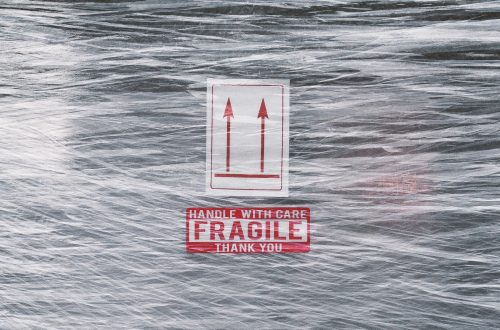
Sustainable packaging is an increasingly important consideration for companies that need to use additional materials to protect or transport products. Traditionally, plastic has been a preferred packaging material, but it is generally noted as being bad for the environment. While it is extremely cheap, it is made from a non-renewable resource and has a relatively high carbon footprint. One alternative that has been considered as a suitable replacement is cardboard. However, this packaging material has also been noted to have its own environmental issues too.
The Carbon Footprint of Cardboard
Cardboard has a clear sustainability benefit when compared with plastic because it is made from a renewable resource. However, this does not necessarily make it more environmentally friendly than shrink wrap. Trees need to be grown, cut down, processed and then transported to get the raw materials. Then the cardboard itself requires a lot of energy to produce. The result is a packaging material that has quite a large carbon footprint.
Aside from the impact on the environment, cardboard is also more expensive to produce and it also takes up a lot more space than shrinkwrap which can be an issue when it comes to transporting the cardboard to where it will be used, right through to disposal, which is usually landfill. It is also not waterproof which makes it unsuitable for a wide range of packaging applications too.
Sustainability Trends in the Shrinkwrap Packaging Industry
Shrink wrap is a well-balanced packaging option for companies who are serious about corporate social responsibility. However there are a number of challenges affecting the shrinkwrap industry that have required attention to improve the environmental friendliness of shrink wrap materials.
Although plastic has caused lots of environmental issues, there are many trends that have helped to lower the carbon footprint of plastic shrink wrap films in recent times. One trend that has been adopted for a long time is recycling. This practice has helped to reduce the quantity of plastic that ends up in landfill or our waterways. It has also reduced the amount of plastic required to make shrink wrap film, which can now be made to contain recycled materials. One of the key challenges experienced in recycling is the fact that many plastic packaging products are made with different polymers. One of the main issues with recycling is that many consumers are unaware of the different types of plastic and unsure about what can be recycled and what can’t.
Instead of recycling, many corporations are now embracing refillable parent packaging and this system works well for wholesale products and can also be a good option for some cleaning and personal care products. While this trend helps to reduce the amount of new packaging required for transportation and manufacturing, it can increase the costs on the supply chain as containers need to be transported too.
Conclusion
Packaging has direct and indirect impacts on climate change, pollution and biodiversity loss – this is why companies need to focus on sustainability. One way companies can lower their carbon footprint is by using more sustainable packaging, although there are many instances where alternatives simply swap one issue with another. It is important to remember that different packaging materials will be suitable for different purposes, and each option has its own positive and negative credentials when it comes to sustainability.
If you would like more information on sustainable shrinkwrap materials then you can contact a packaging company like Kempner for more information on the best material for your requirements. Since this company has been running for 40 years, you can be certain that they have the knowledge and shrinkwrap options for your purposes.
Interesting Related Article: “Amazon aims to make half of shipments carbon-neutral by 2030“

